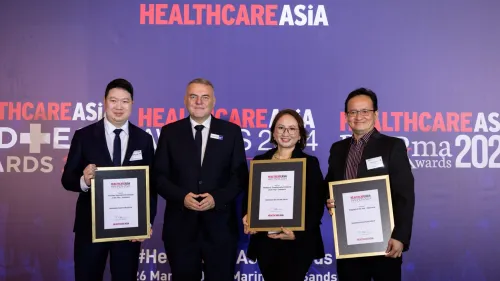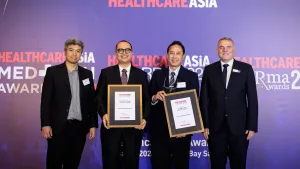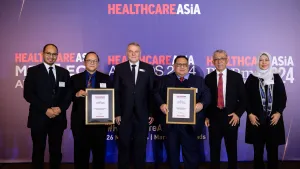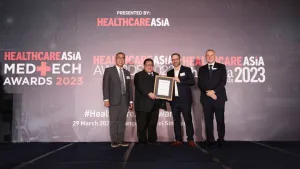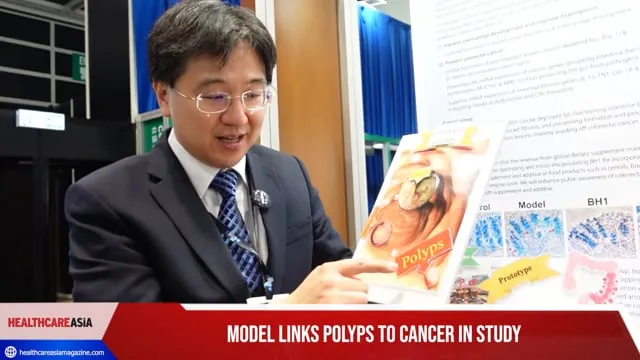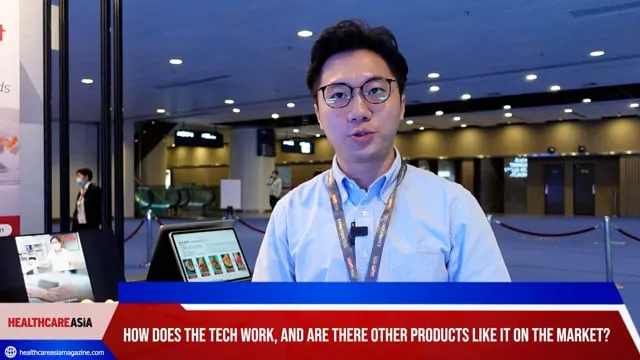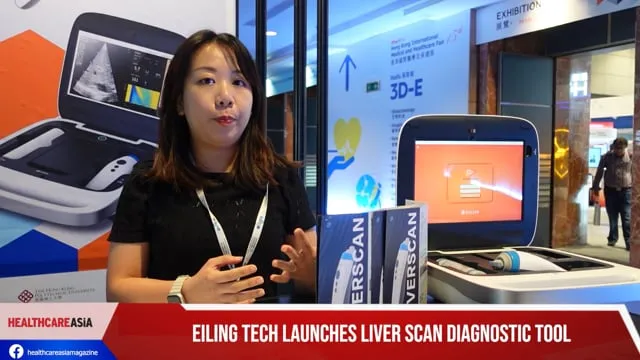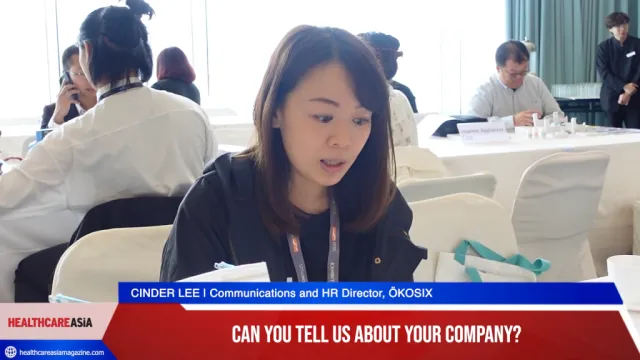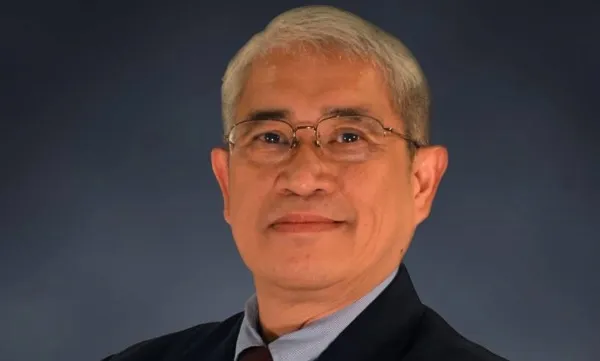
Cardinal Santos Medical Center's CIO to speak at the 2017 Healthcare Asia Forum
Find out what his discussion points are.
Bacallan’s stint in the healthcare IT management space has spanned 10 years to-date. He started it in Makati Medical Center in 2006 and now with Cardinal Santos Medical Center.
He has also been exposed to the management challenges of other hospitals when he was part of the due-diligence team of the Metro Pacific Investment Corporation for the acquisition of some of the hospitals of the Group.
One of the challenges he has seen is the maximisation of the value of the hospital’s HIS beyond the traditional use as automation of Admissions-Discharge-Transfer (ADT) processes and capture of transactional data for finance reporting purposes. Very often, the hospital’s IT Group is appreciated as a support function for computer and other IT infrastructure maintenance concerns.
He sees Data Analytics as an advocacy platform in his career in healthcare, so that hospitals can appreciate its IT systems and organizations more for the strategic and operational efficiency values it can contribute to their institutions.
Bacallan will be speaking at the 2017 Healthcare Asia Forum on February 16 at the Makati Shangri-La. He will be discussing the topic of leveraging hospitals' HIS data for business and clinical analytics. A lot of hospitals are already into HIS, but the questions are: a) how have they leveraged the jewels of information that can be “mined” from these data?; b) HIS value goes beyond capture of finance reporting data; to what extent have the hospitals used analytics methods or tools to support business decisions for strategic planning, operations management, efficiencies, and innovations for better patient services?
What are your previous experiences and positions held that contributed to who you are as an expert in the healthcare industry today?
My stint in the healthcare IT management space has spanned 10 years to-date. I started it as Chief Information Officer of Makati Medical Center in 2006, in 2008 I was appointed Vice President and CIO of Cardinal Santos Medical Center. When the Metro Pacific Group acquired some more hospitals that now forms the biggest hospital chain in the Philippines, I was tapped as part of the due-diligence team in some of these exercises. It was here that I was exposed to the management challenges of other hospitals, particularly in the maximization of the value of the hospital’s HIS beyond the traditional use as automation of Admissions-Discharge-Transfer (ADT) processes and capture of transactional data for finance reporting purposes. Very often, the hospital’s IT Group is traditionally appreciated as a support function for computer and other IT infrastructure maintenance concerns.
I am an Industrial Engineer by degree and training. My past jobs were in the non-hospital fields (like consumer goods manufacturing, industrial products manufacturing, transportation, and micro-finance) wherein I did projects for process flow optimization, market research and new business development, and IT systems management. As a senior member of the management committee of these companies, these stints had exposed me to the organizations’ use of data and information derived from IT systems - for strategic-setting analytics, operations efficiency measures, and customer services enhancements, etc.
These days, I focus on Data Analytics as an advocacy platform in my career in healthcare – with the view to help hospitals to appreciate its IT systems and organizations more for the strategic and operational efficiency values it can contribute to their institutions. Over the years of my work at Cardinal Santos Medical Center, I have been constantly evolving the IT organization into THE go-to department for users’ needs for information guidance that supports decision-making for issues like expansion of services and markets, process flow optimization, innovations, and improvements in patient satisfaction indices.
What are your key business philosophies?
I have a keen interest in “actualizing” (if that’s a proper coined word to describe it) the old but still continually-relevant adage in my Industrial Engineering training: “There is always room for improvement.” This enforces my philosophy that we should always challenge the status-quo.
The healthcare industry is possibly one of the few remaining bastions where traditional management practices still abound. Perhaps that is brought about by the fact that the practice of medicine is still very much an art as it is a science. The doctor can only work to some extent towards templating the diagnosis and treatment programs for various diseases. Beyond the template level, there are multi-layers of specific protocols for the individual circumstances surrounding the disease of the individual patient. And because treatment approach is individualized, therefore the patient-to-doctor relationships are also individualized. Technology has attempted to standardize diagnostic and treatment plans, and patient-to-doctor relationships, but from where I see them, success results are also varied. So far we get to read and hear anecdotal success stories but not too high aggregated ratings. Take telemedicine for instance – it works in some subspecialties of internal medicine like dermatology and psychiatry, but is still a challenge in the other fields of internal medicine, pediatrics and OB-Gyne.
In this context therefore, I am always on the lookout for innovative ideas that will help crack the so-called “glass ceiling” of healthcare traditions, and be challenged to get my colleagues in hospital management to be open to new approaches for using IT-enabled tools. One challenging project comes to mind: How to get the acceptance of nurses and doctors towards Real Time Location System (RTLS) technology for compliance to handwashing protocol and patient-rounds standards of frequency. Currently the users look at this technology with a wariness, as it might possibly intrude into their privacy (as contrasted with the desired objective of helping them see it from the point of view of enhancing patient safety and quality of care.)
Can you give us a glimpse of what you will talk about at the Healthcare Asia Forum?
In my job posting as VP/CIO of Cardinal Santos Medical Center, I have the opportunity to build and evolve our HIS from its traditional use as automating ADT and capture of transactional data for finance reporting purposes. Today, we derive a lot of data analytics value from the storehouse of information that we have accumulated since 2008 when our management team took over the running of this 40-year-old hospital.
In my talk, I will be showing glimpses of our success in creating real time dashboards for operations-tracking, performance turn-around-time, customer-satisfaction indices, etc. I will also show how some of our strategic planning decisions and executions were enabled by analytics of data derived solely from our HIS. Hopefully it will encourage the management teams of the various hospitals being represented by the audience in the Forum, to have a fresh look into what values they can derive from their own IT systems and organizations apart from and beyond how they are appreciating them so far.
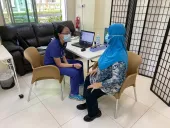

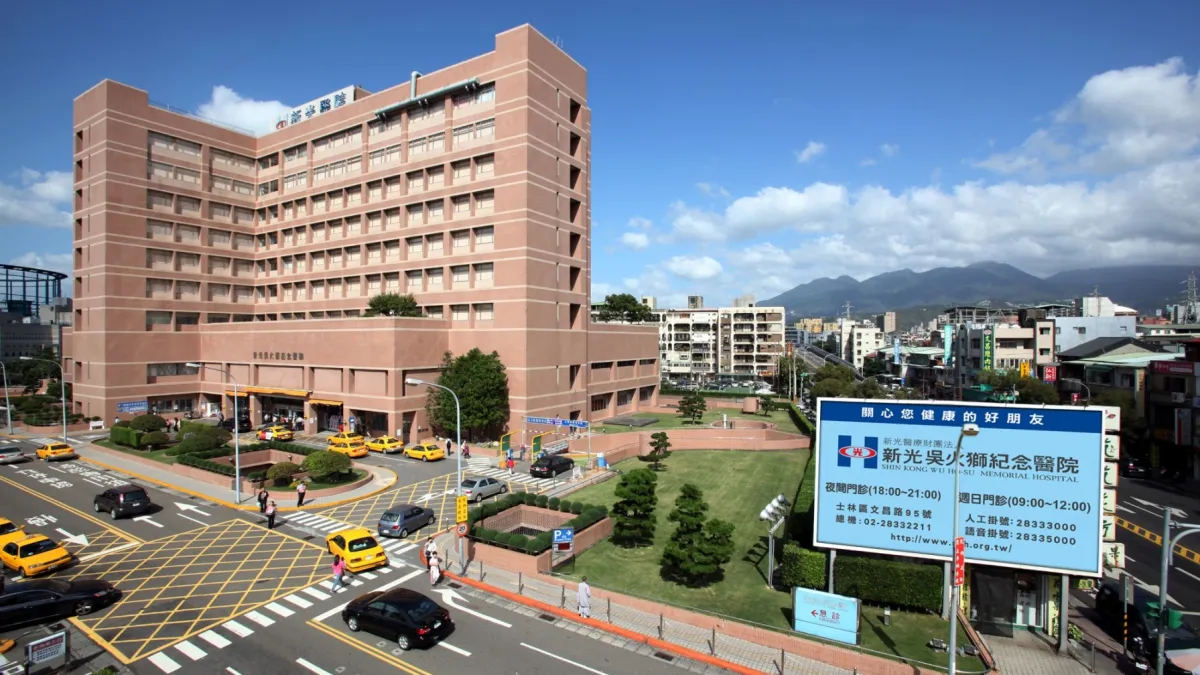

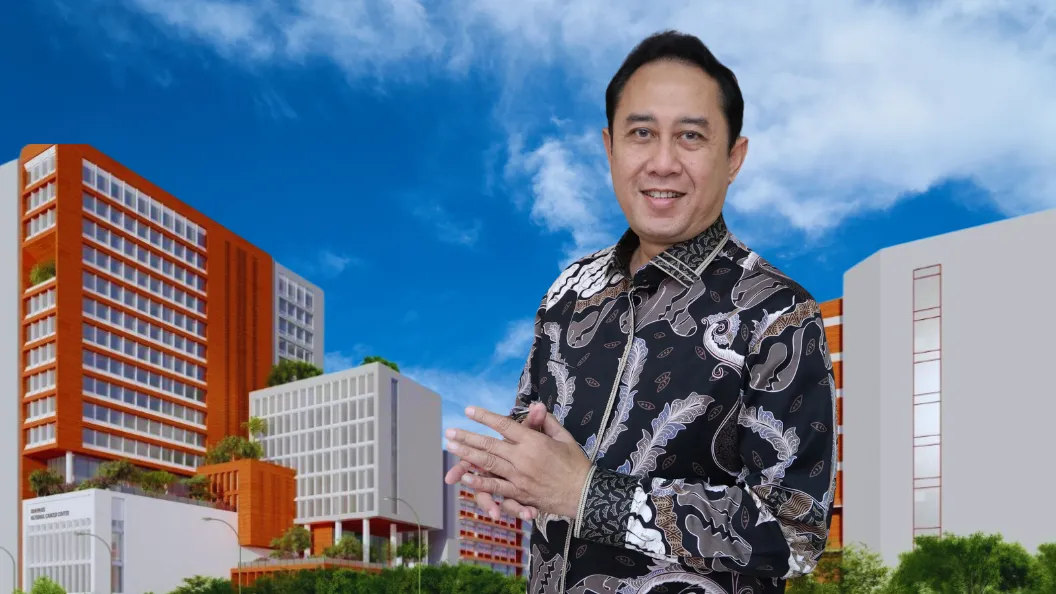
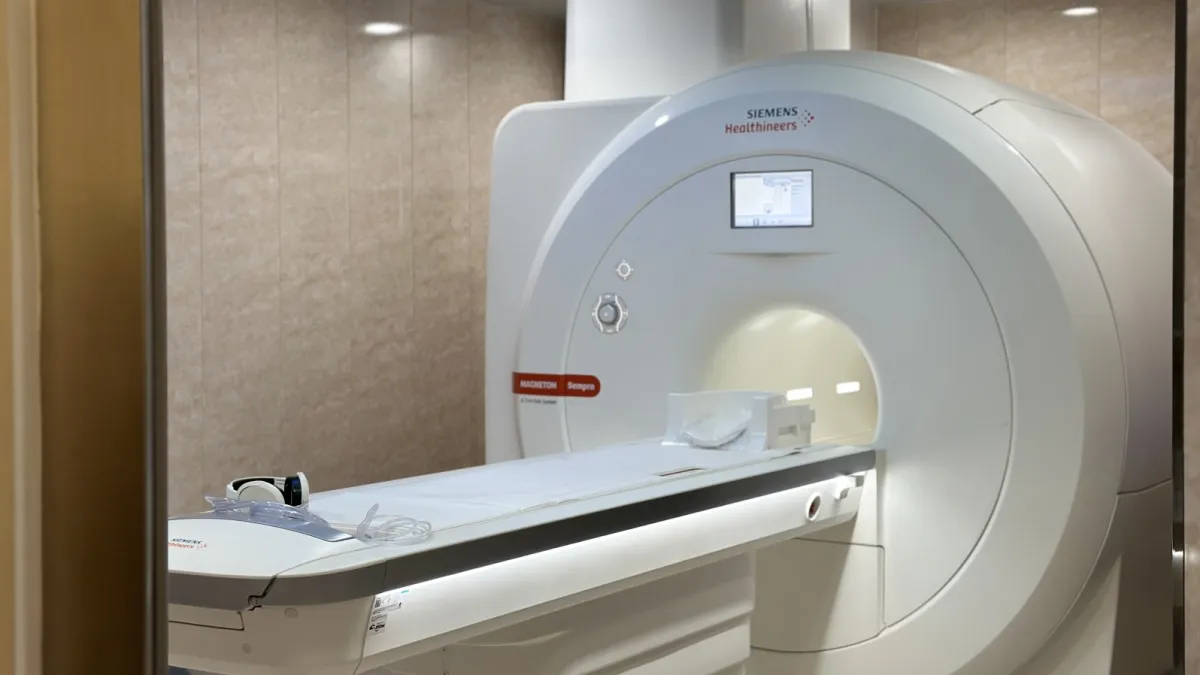
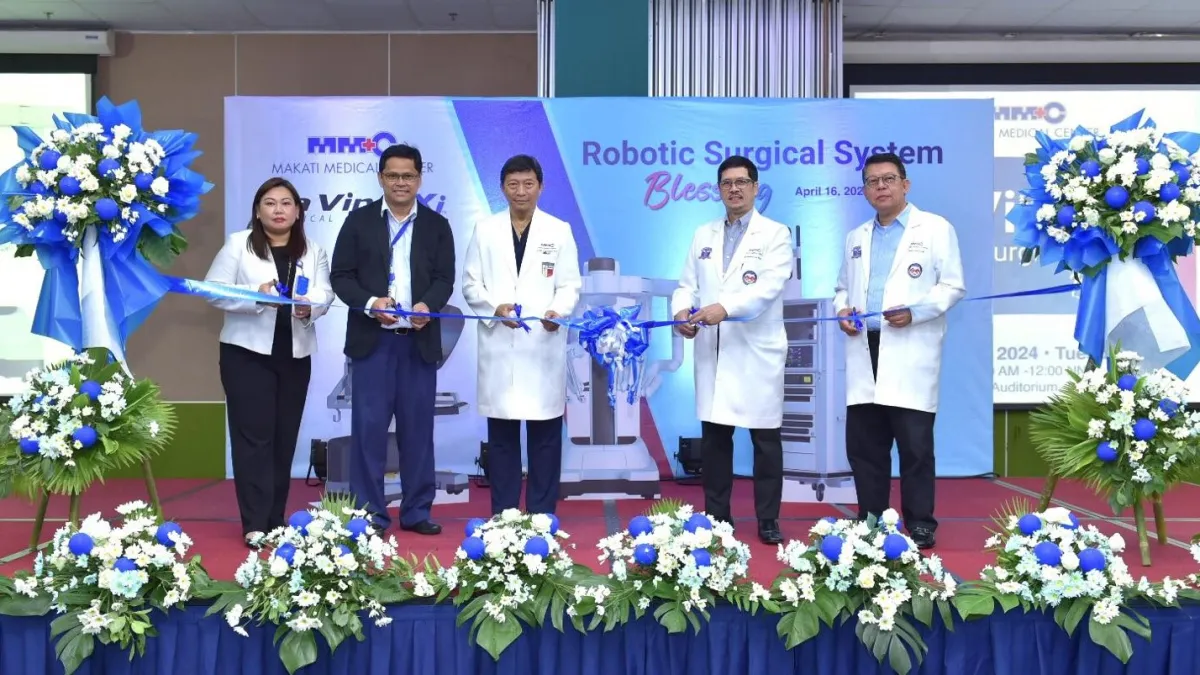


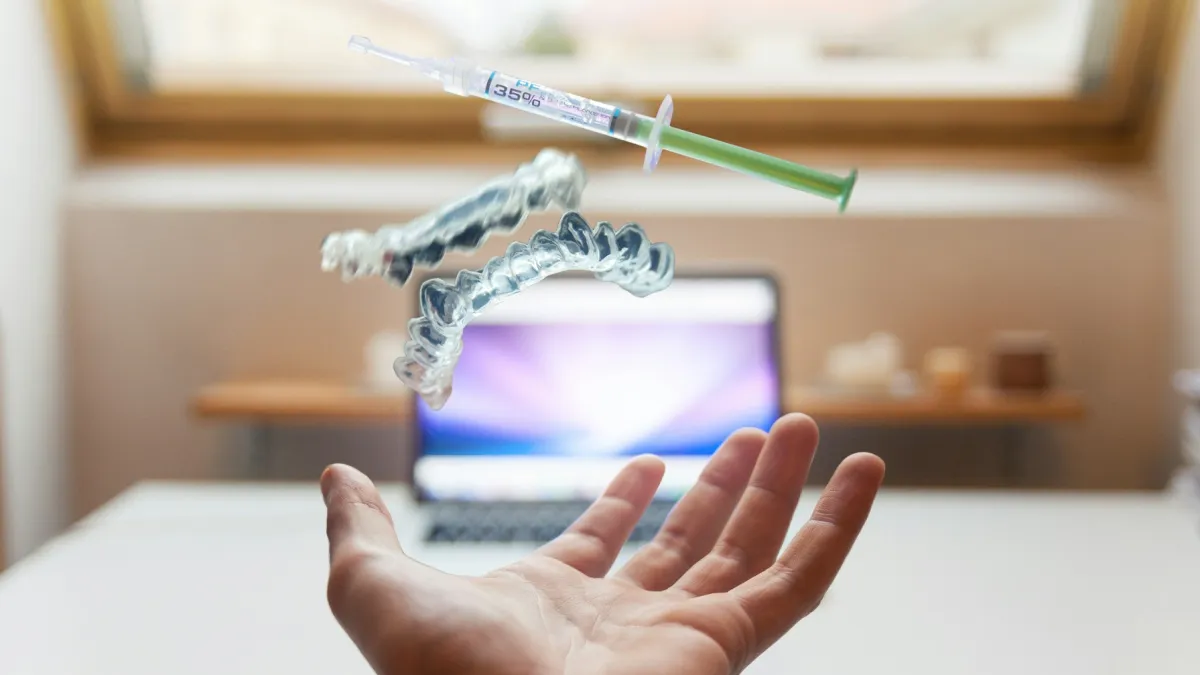
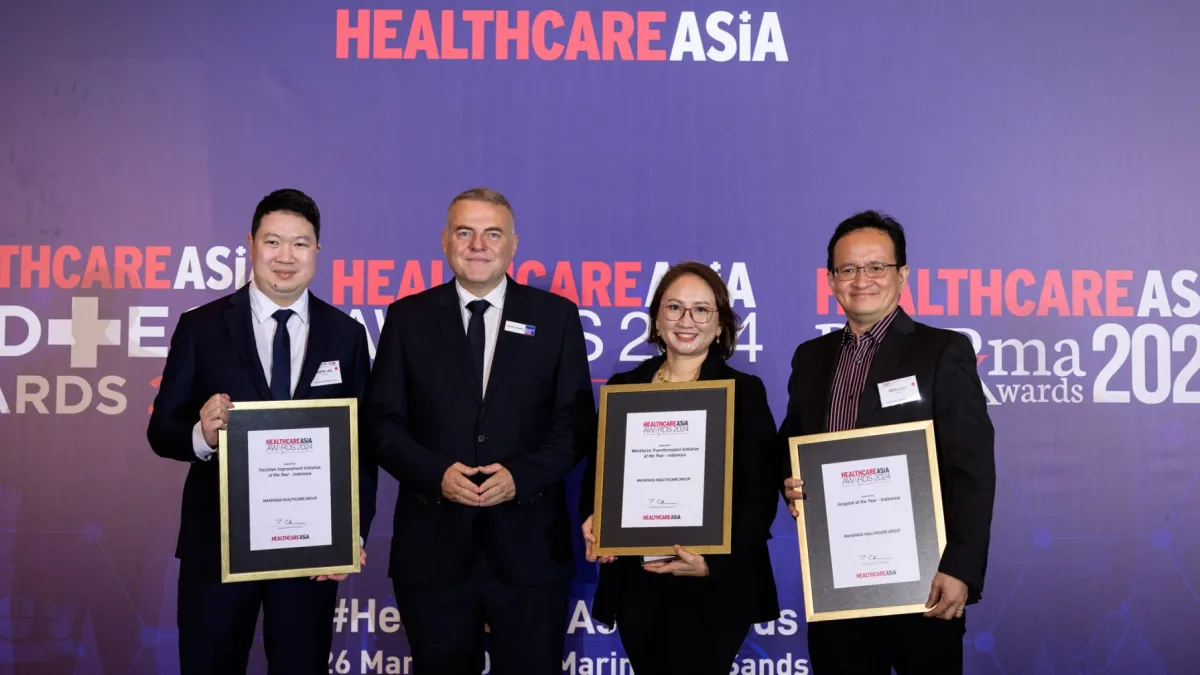
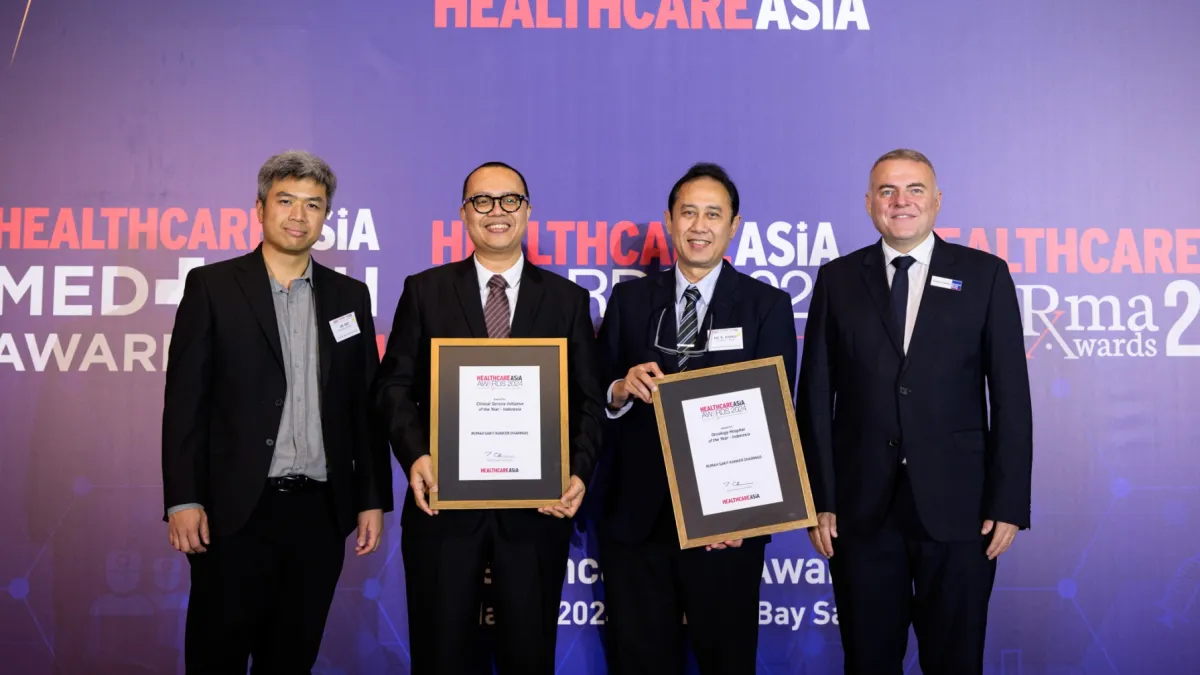
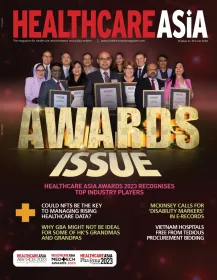
 Advertise
Advertise
